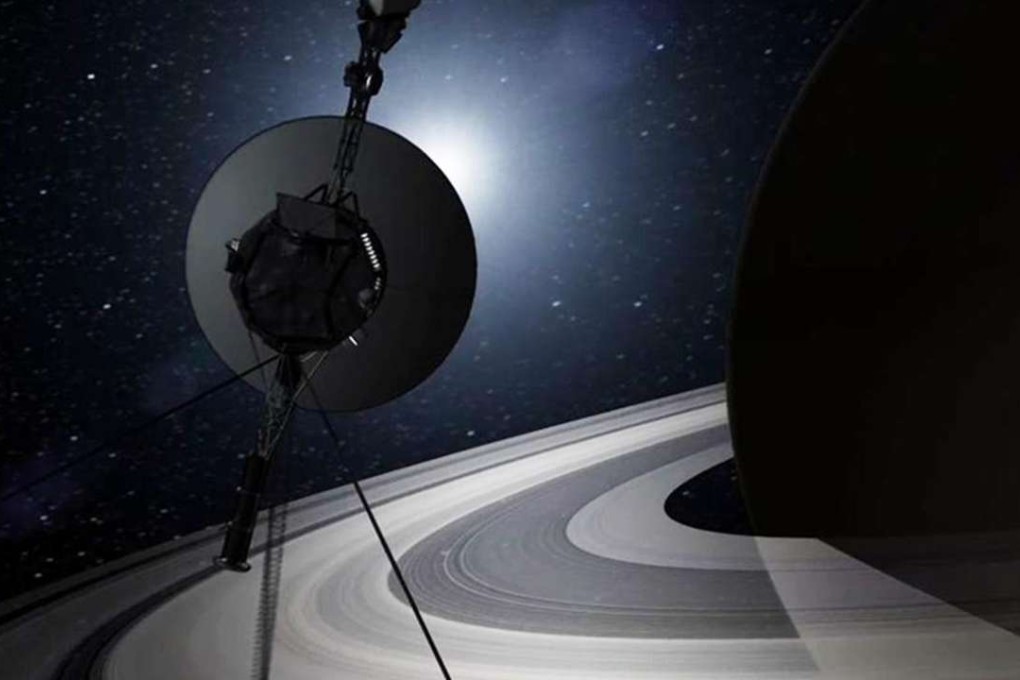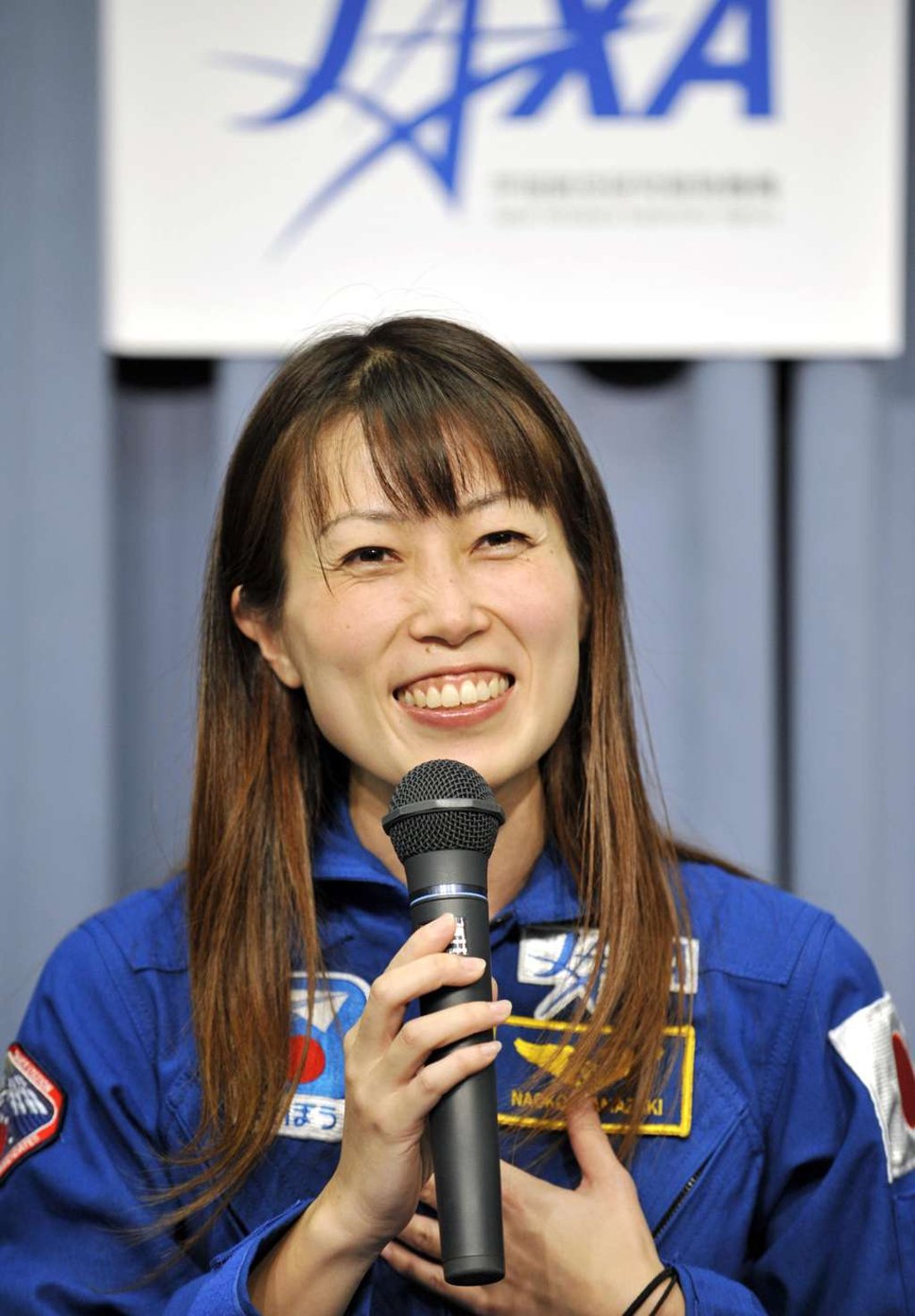Japan’s ‘mother astronaut’, and why women are suited to space travel
Society is still not encouraging females to enter the space race, but Naoko Yamazaki helped to shatter a stratospheric glass ceiling

It was the 1970s, a time when space exploration captured the global imagination. Star Trek and Star Wars had burst onto screens. Nasa had launched Voyager-1 to explore the outer solar system. In Japan’s Chiba prefecture, not far from the capital of Tokyo, a little girl, Naoko Yamazaki, sat on her living room couch transfixed at science fiction anime and dreamt about visiting space for herself.
More than three decades later, on April 5, 2010, Yamazaki, 39, donned a bright orange spacesuit and boarded the space shuttle Discovery at the Kennedy Space Centre in Florida. Eight and a half minutes after lift-off she breached the “final frontier” – her childhood dream a reality.
Yamazaki became only the second Japanese woman (and 54th woman) to go to space. Sixty women have now accomplished the feat, some 10 per cent of the total number of astronauts.
Dozens of them were Asian, starting with Indian Rakesh Sharma who travelled in a Soyuz rocket and stayed in a low-orbit Soviet space station for seven days as part of the Intercosmos programme in 1984.
But for women, the path to space is not only tough, but also particularly solitary. When she was studying for her bachelor’s degree in aerospace engineering from the University of Tokyo, she was one of only three female students out of 60 – it was more common for classes to have just one, or no women at all. “And, even now, 20 years later, it’s still the same,” she said.
